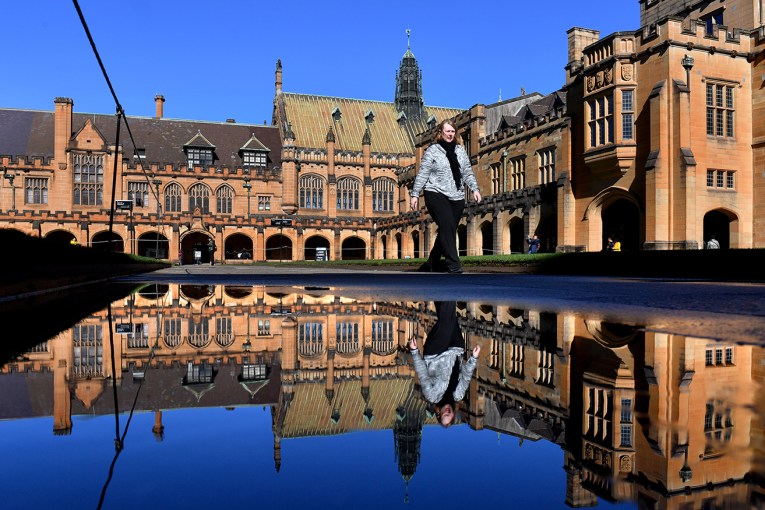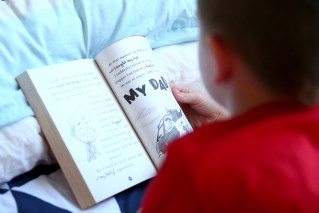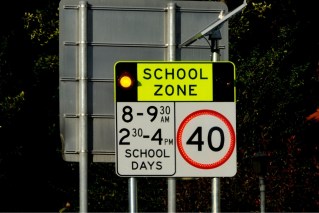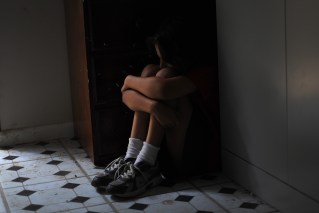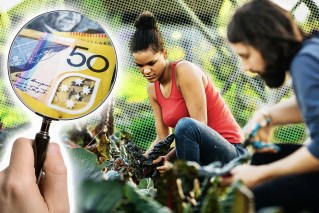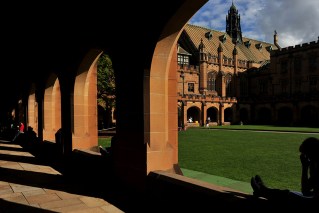Death of the Vegemite sandwich? Schools providing lunch a good idea, says research

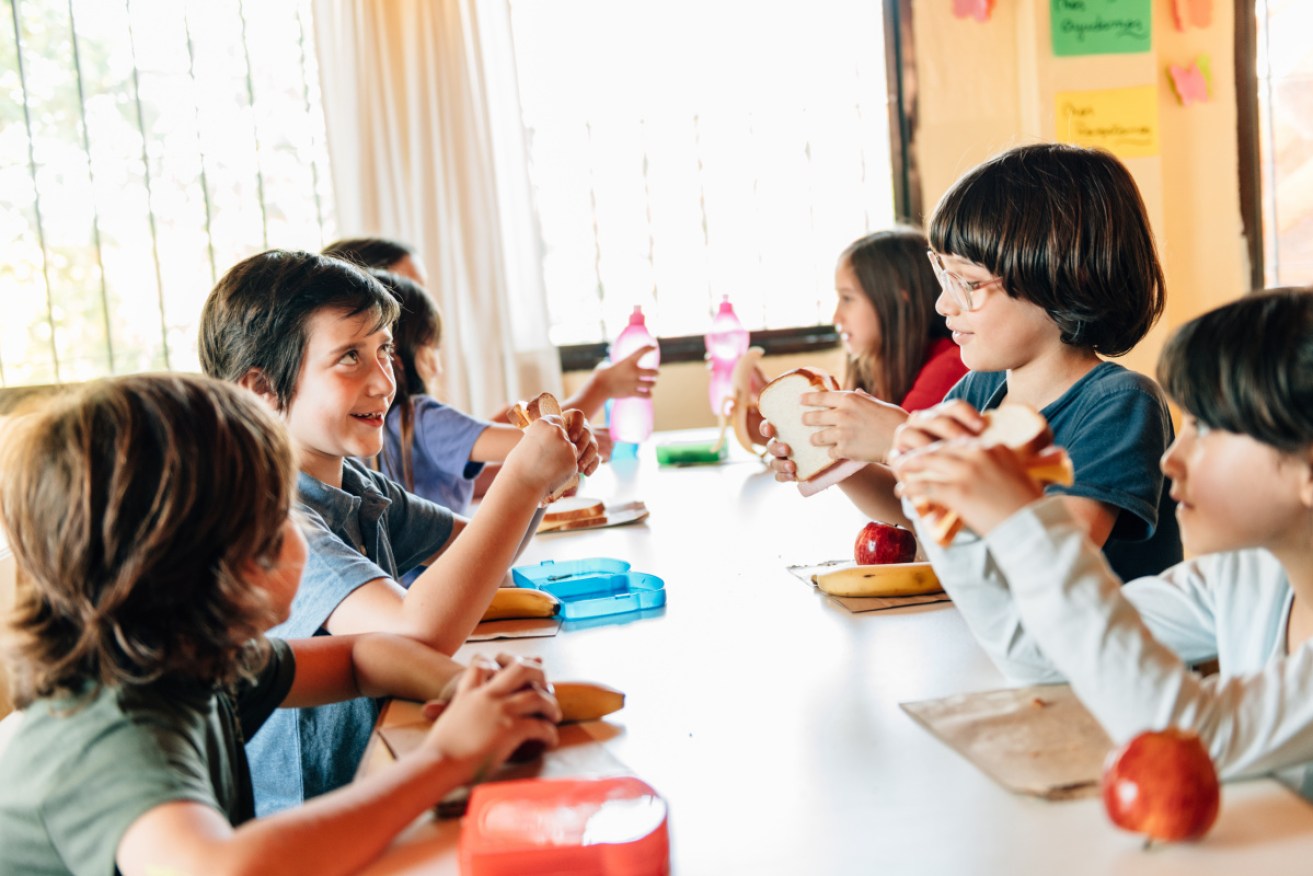
The school lunchbox is a daily challenge and not always nutritious. But some Australian children don't have any lunch. Photo: Getty
Should schools take over feeding our children? Australian researchers are investigating the idea. The picture so far? A majority of parents appear to be against the idea, claiming they know best.
Here’s the upside though. As it goes with the socially levelling power of the school uniform, if every child was eating the same lunch, poorer or neglected kids wouldn’t be sticking out like sore thumbs.
And if those school lunches were brimming with whole grains, fruit and vegetables – with less salt, sugar and fat – then the livers, hearts, kidneys and brains of the student body would be healthier.
Let’s face it, our kids are getting fatter. Filling lunch boxes every morning is a drag and not always a homage to great nutrition. Nearly 11 per cent of Australia children live in poverty and many of those are going without lunch altogether.
Just in time for back-to-school week
In a canny piece of research marketing, the Flinders University Caring Futures Institute put out a press release during the first week of school to draw attention to the issue.
Institute researchers, in a new paper based on a series of workshops, generated ideas as to how a school-lunch program might best work, and what the challenges would be.
The top ranked option was the universal school-provided lunch model, where existing canteen facilities and infrastructure could be used to prepare meals on site, and fees for parents subsidised based on their family income.
Teachers could also eat the meals, and students could have the option to be involved in the cooking.
In a separate study the researchers analysed the dietary intake of five- to 12-year-old children during school hours.
They found that 40 per cent of the energy children consume at school “comes from unhealthy food, with most children consuming no or very few serves of vegetables, protein-rich foods, or dairy during school hours.”

Not all lunch boxes are created equal – almost half fall into the unhealthy category. Photo: Getty
Commonly consumed foods included biscuits, processed meat, packaged snacks, bread and fruit.
They cite a separate study from NSW that found that more two thirds of purchases made at school canteens are choices high in saturated fat, total sugars, and salt.
Deputy director of the Caring Futures Institute and leader of the research Professor Rebecca Golley said:
“A universal school-provided lunch model could help to ensure all children have access to food at school, reduce stigma of children not having lunch or having different types of foods to their peers, and help to ensure children are provided with healthy lunch options.”
Worth reading is a piece that Professor Golley wrote at The Conversation about how much junk food Australians eat. It’s a lot.
So what do the parents think of the lunch idea
In 2019, Dr Claire Margerison and Dr Alison Booth from the Institute for Physical Activity and Nutrition (IPAN) at Deakin conducted an online survey of parents and teachers about schools providing lunch to students.
The results of the survey, not previously published, have been shared with The New Daily.
The survey asked respondents how much they agreed or disagreed with various statement “regarding the food environment in primary schools.”
Results showed strong support for the following statements: All schools making a healthy breakfast available; schools should not provide lunches for students – they should bring their own; and it’s up to the parents and individual children as to what they eat at school.

A child’s packed lunch needs to pack in the nutrients to get through the school day. Sadly, that’s not often the case. Photo: Getty
Dr Margerison said that parents were probably more accepting of breakfasts being provided to students because it’s a well-established practise in before-school care.
“That’s what we’re assuming, but we need to do more research about why there is such a big difference in (parental attitudes) breakfast and lunch,” she said.
“It may be some parents are concerned about allergies, but it also may be that parents feel it’s their decision what their children eat – they don’t want that decision being made by someone else.”
Also, some parents might worry that their children won’t eat what’s provided and go hungry.
As a mother of three children, with lunches to make every day, Dr Margerison said she was “surprised” by the overwhelming thumbs-down to the school-lunch idea.
“But I don’t have children with allergies,” she said.
The survey also found that most parents think not enough time is set aside for lunch – “and so a provided lunch with more time to eat it could be a winner.”
Dr Margerison said it would “great” if teachers sat and ate with the students – as role models to eating well.
More research planned: we’ll keep you posted.
